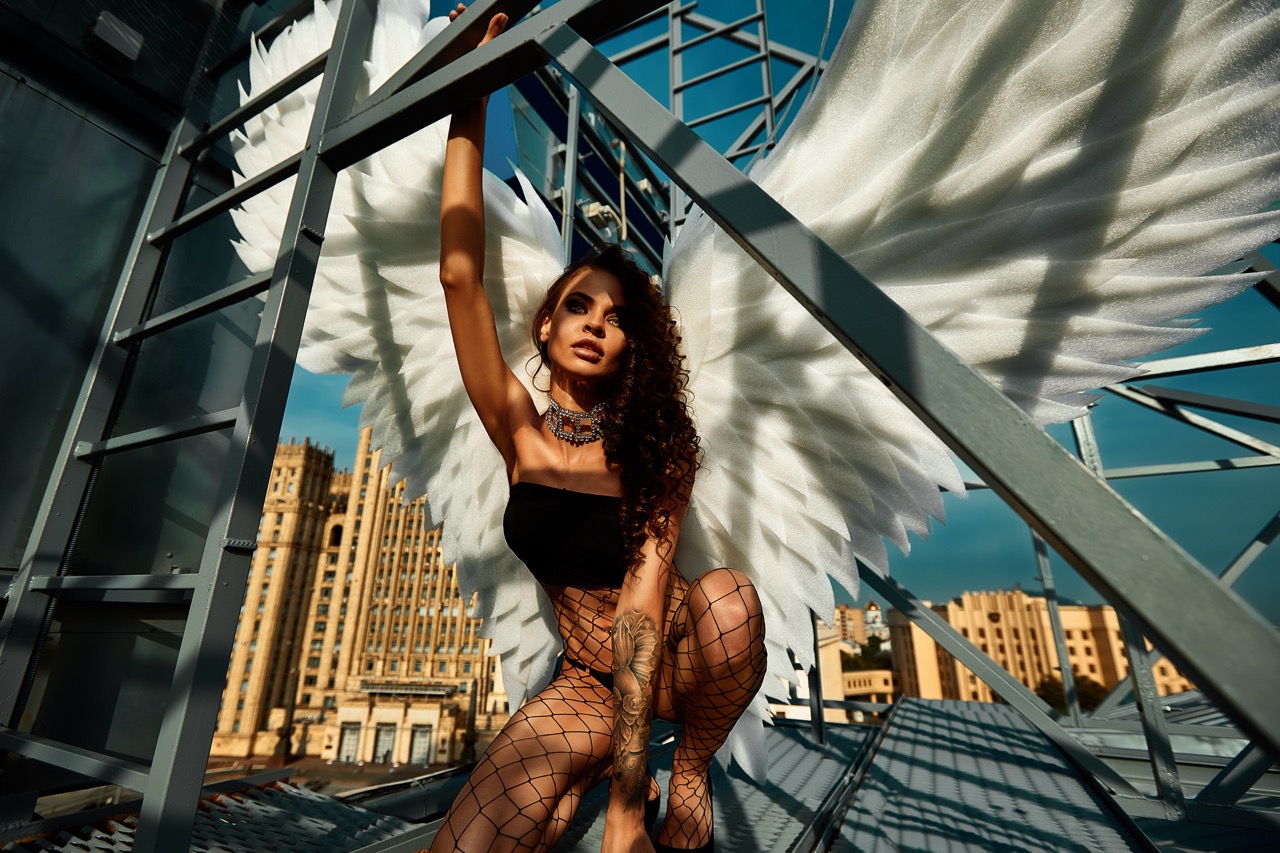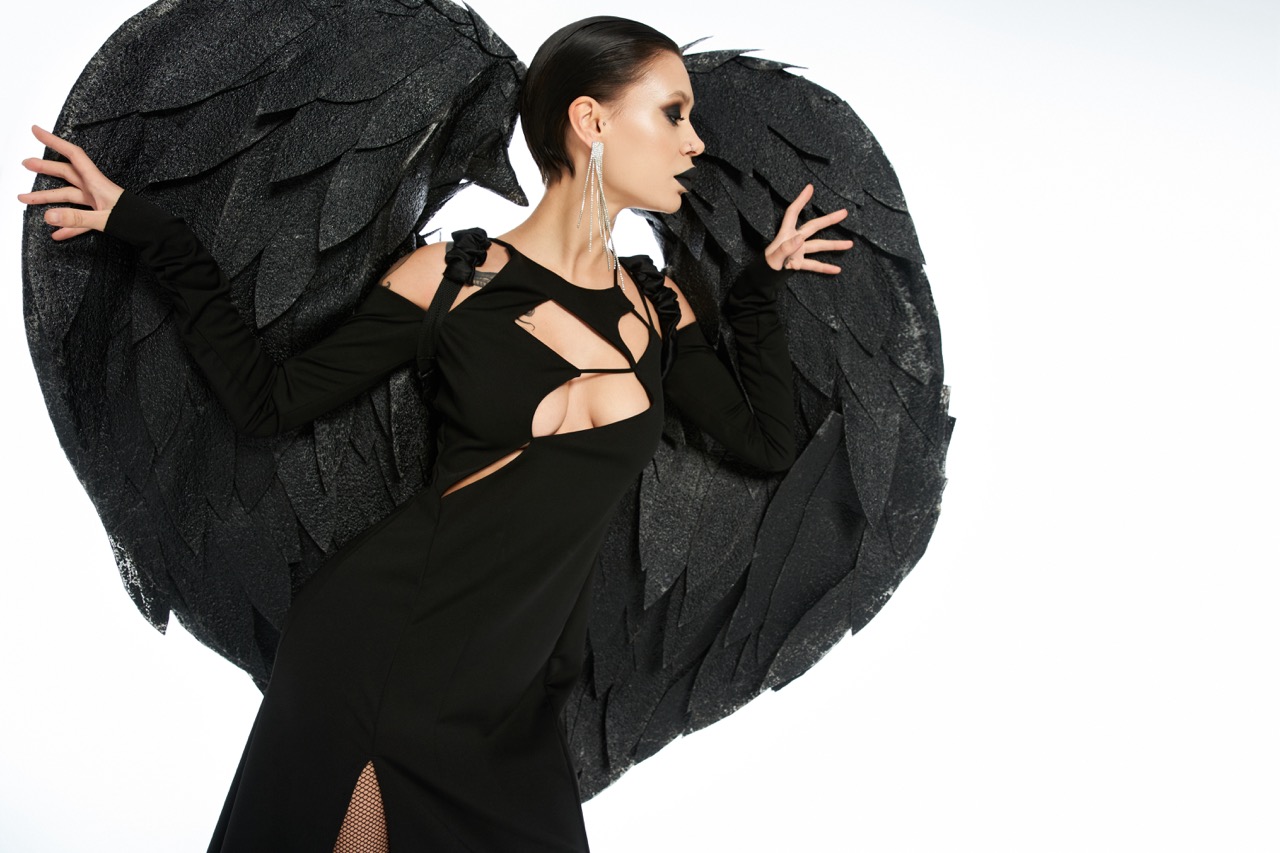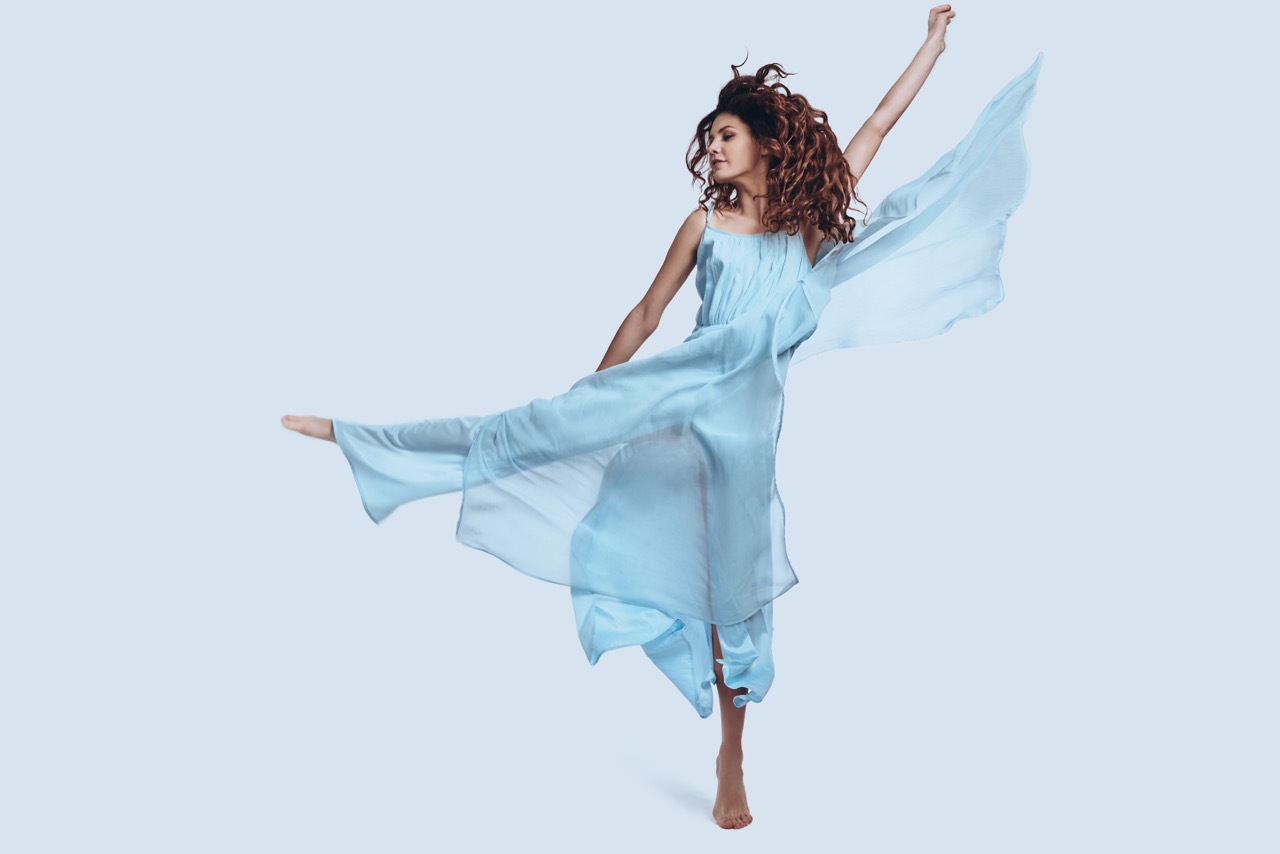In a world where technology is interwoven into the fabric of everyday life, the realm of dance is experiencing a profound transformation. Innovation is not only reshaping how performances are created and experienced but also redefining the very essence of movement itself. As dancers and choreographers embrace digital tools, the boundaries of the art form expand, inviting new narratives and interactions. This article explores the intersection of dance and technology, highlighting its potential to enhance creativity, engage audiences, and redefine the future of this timeless art.
The Fusion of Movement: Dance Meets Digital Innovation
The convergence of dance and technology is a captivating phenomenon that has led to the creation of immersive experiences. With the advent of digital platforms, choreographers now have access to sophisticated tools that enable them to experiment with movement in unprecedented ways. Motion capture, augmented reality (AR), and virtual reality (VR) are just a few of the technologies reshaping the landscape, allowing dancers to explore new dimensions and scenarios. By integrating these tools into their practices, artists can investigate the relationship between their bodies and the digital realm, leading to unexpected and innovative outcomes.
Moreover, the accessibility of dance technology has democratized the art form, enabling aspiring dancers from diverse backgrounds to experiment with choreography and movement. Online tutorials, social media platforms, and dance-related applications have emerged, providing valuable resources for creators to hone their skills. This fusion of movement and digital innovation fosters a collaborative environment where artists can share ideas and insights, pushing the boundaries of traditional dance forms. The result is a rich tapestry of expressions, each intertwining the physical and digital worlds.
In this evolving landscape, it is essential for dancers to embrace technology as an ally rather than a threat. While some may argue that technology can overshadow the raw emotionality of dance, many artists find that it enhances their storytelling capabilities. By weaving together the organic and the digital, dancers can create powerful narratives that resonate with audiences in new and exciting ways. The fusion of movement and digital innovation is not merely a trend; it reflects a broader cultural shift that invites us to rethink how we perceive and engage with dance.
Choreography in Code: Programming the Future of Dance
As we stand on the brink of a new era in dance, programming is emerging as a vital skill for choreographers. By utilizing coding languages and software, artists can craft intricate algorithms that generate unique movements or visualizations in real-time. This innovative approach not only allows for the exploration of complex patterns but also introduces an element of unpredictability that can elevate live performances. As creators learn to program, they become both choreographers and coders, expanding their artistic toolkit.
The integration of code into choreography offers an exciting avenue for collaboration between dancers and technologists. Artists can partner with computer scientists to develop custom software that responds to live movements, creating a symbiotic relationship between the two disciplines. This collaboration has the potential to yield groundbreaking performances that challenge conventional dance practices and invite audiences to witness the evolution of the art form. As technology continues to advance, we can expect to see an increasing number of choreographers who are not only skilled in movement but also fluent in the language of code.
Furthermore, the concept of “choreographic algorithms” is gaining traction as creators experiment with generative art. By designing systems that allow for randomization and variability, choreographers can produce a seemingly infinite array of movement combinations. This novel approach not only keeps performances fresh but also encourages dancers to adapt and respond creatively to their environment. As programming becomes ingrained in the creative process, it encourages a fearless exploration of movement that pushes the boundaries of what dance can be.
Interactive Performances: Engaging Audiences through Tech
The traditional notion of passive audience engagement is increasingly giving way to interactive performances that invite viewer participation. With the aid of technology, choreographers are creating immersive experiences where audiences can influence the performance through their actions. Utilizing sensors, mobile applications, and audience feedback systems, dancers can respond dynamically to the collective energy of the space, creating a unique experience for each performance. This interactivity not only fosters a deeper connection between the performers and the audience but also transforms the audience into active participants in the artistic process.
One remarkable example of this trend is the use of wearable technology, which tracks audience members’ movements and emotions during performances. By integrating this data into the choreography, dancers can adjust their movements and expressions based on the audience’s reactions, creating a feedback loop that enhances the overall experience. The result is a dance performance that is fluid, adaptive, and deeply engaging, blurring the lines between artist and observer. This innovative approach challenges the audience to reflect on their role in the performance and encourages a dialogue that extends beyond the stage.
As interactive performances gain popularity, they raise important questions about the future of dance as a communal experience. In a world where digital interactions often replace face-to-face connections, these performances provide a refreshing reminder of the power of shared experiences. By fostering a sense of agency and participation, technology in dance can create meaningful connections that resonate with viewers long after the curtain falls. As artists continue to explore these possibilities, the landscape of performance art will undoubtedly evolve in exciting and unexpected ways.
The Evolution of Dance: Embracing New Media and Tools
The evolution of dance in the digital age is a testament to the adaptability of the art form. As new media and tools emerge, dancers and choreographers are continuously exploring ways to incorporate them into their creative processes. From online platforms that host global dance challenges to virtual classes that reach audiences beyond geographical boundaries, technology is expanding the reach of dance like never before. This evolution encourages artists to embrace diversity and experimentation while reshaping the dialogue around what dance can achieve in contemporary society.
Social media plays a pivotal role in this evolution, providing a vast platform for artists to showcase their work and connect with audiences. Dancers can share snippets of their choreography, engage with followers, and even collaborate with other artists worldwide—breaking down barriers that once limited artistic expression. The instantaneous nature of social media enables a rapid exchange of ideas, fostering a global dance community that celebrates innovation and experimentation. As a result, traditional forms of dance are being reimagined and revitalized through the influence of new media.
Additionally, the integration of new tools has introduced a heightened element of accessibility. With the advent of online dance classes and tutorials, individuals regardless of their location or financial means can access world-class training and resources. This democratization of dance education allows for the emergence of diverse voices and styles, enriching the art form as a whole. As technology continues to evolve, the potential for dance to reach new heights and connect with broader audiences remains limitless, paving the way for a vibrant future.
As dance and technology continue to intertwine, the art form stands on the precipice of innovation and exploration. The fusion of movement with digital tools is not merely a trend; it represents a fundamental shift in how we create, experience, and understand dance. From choreography in code to interactive performances, the possibilities are vast and exciting, allowing artists to convey new narratives and engage audiences in unprecedented ways. As we look to the future, it is clear that embracing technology will continue to redefine the landscape of dance, inviting us to celebrate the beauty of movement in all its forms.










